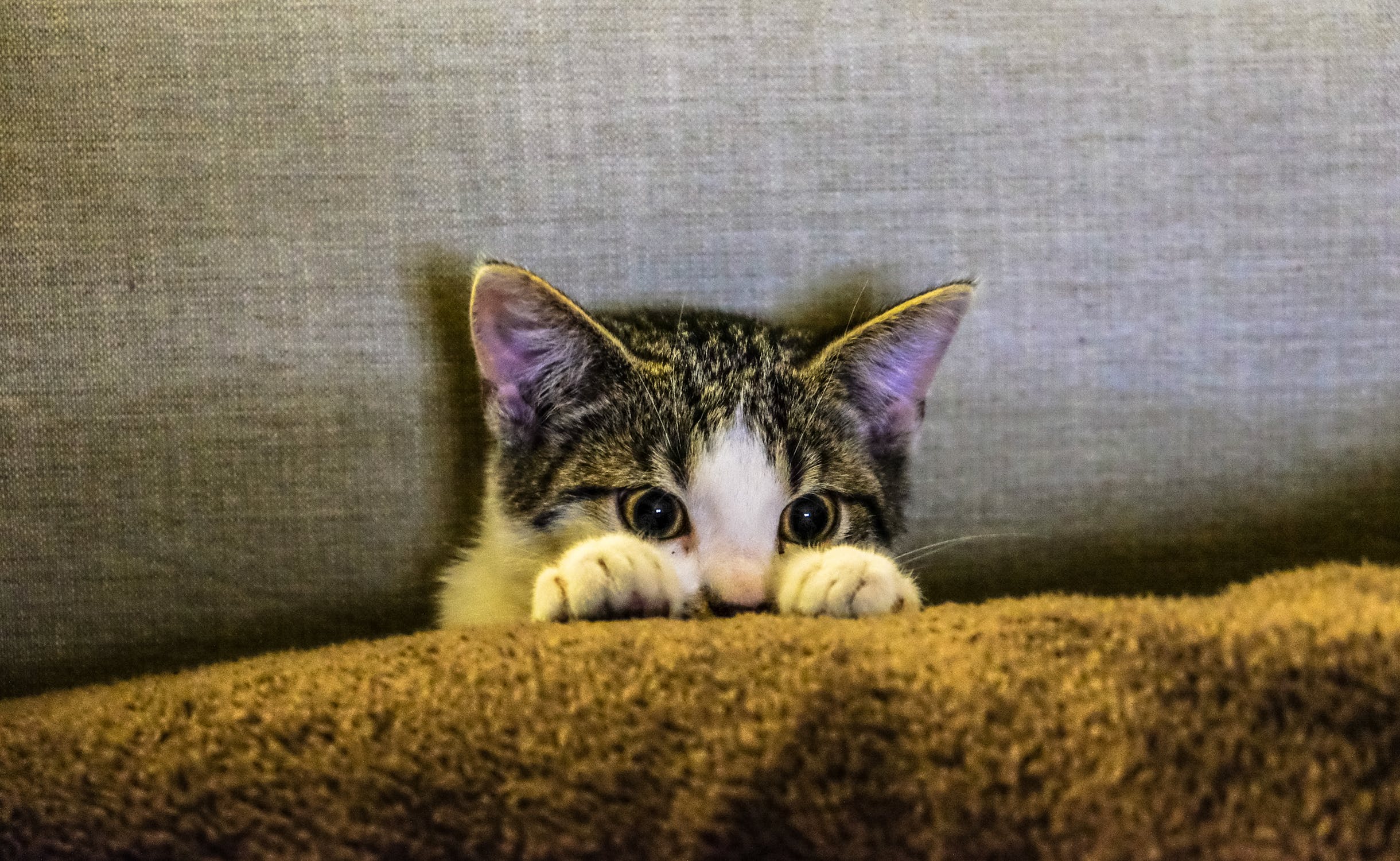
As many cat owners can attest, cats might not always be the most vocal or present animals, even around familiar faces. In many cases, this extends to their natural reactions and other habits, which can include hiding their pain. Because of this, it’s even more important to be vigilant concerning your cat’s activities and any unusual changes that might signify a shift in health.
For most cats, this comes from their natural instincts. When in pain, they’ll remain quiet as a self-defense mechanism against predators and other environmental dangers. If your cat is actively vocalizing their pain, then it’s recommended to seek medical attention for them as soon as possible. It could be a sign of extreme pain. For less extreme situations, you’ll want to pay attention to these five behaviors that may indicate that not all is well for your feline friend.
1. Reactions to Being Petted or Picked up
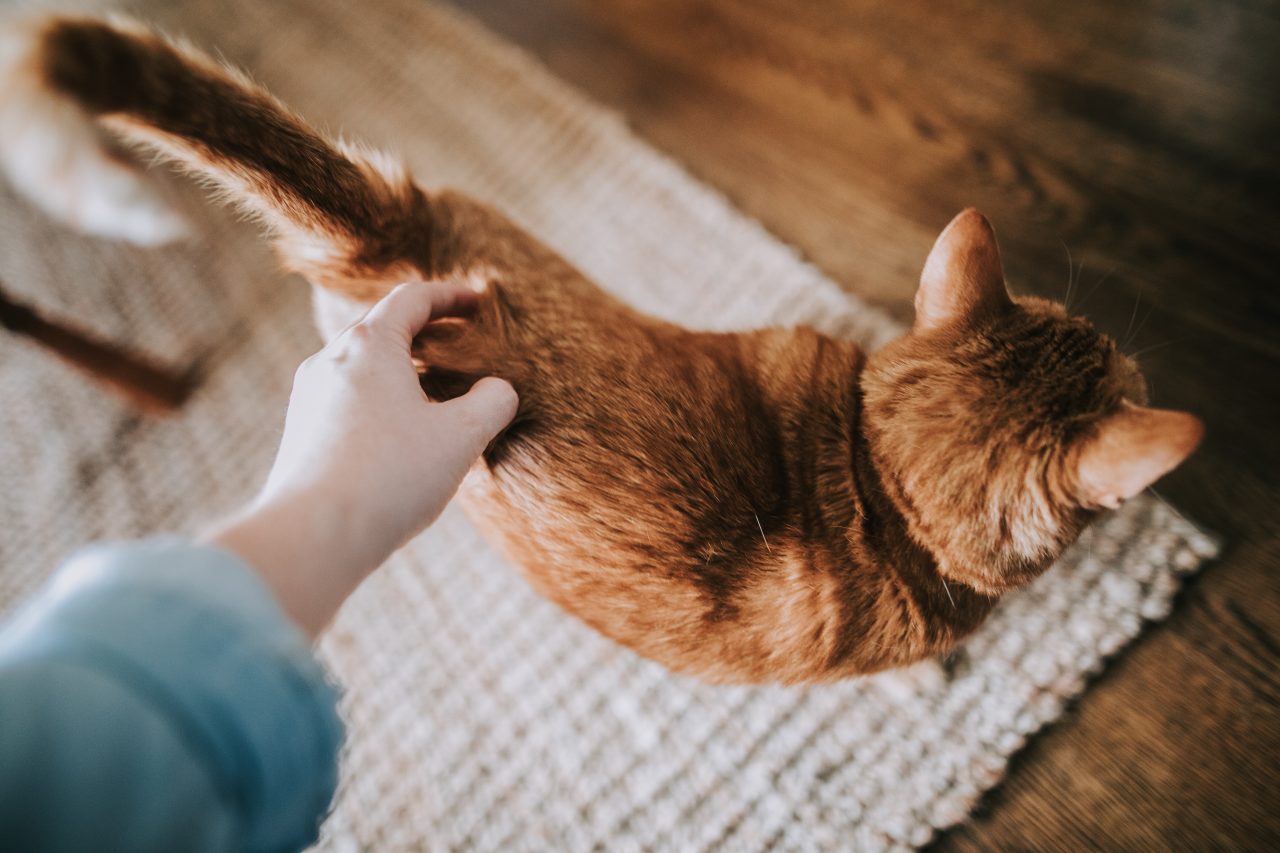
In this case, you’ll want to look for shifts in your cat’s general attitude when you interact. If your cat is usually alright with being picked up or receiving frequent pets, make a note of any particularly unexpected shifts. If your cat winces, hisses, or growls outside of its usual behavior, then it may be in some kind of pain.
Of course, not all cats will be as loud when something is wrong. If you suspect something is wrong, watch for any strange reactions to being picked up or interacted with. It might not be an outright yelp or noise, but irregular attempts to wriggle free, being overly tense, or hiding to avoid being touched could be indicators of discomfort.
That said, not all cats enjoy being held or handled frequently. Using this method to determine pain may only be effective if you have a standard behavior to compare it with. Some cats may also attempt to avoid unfamiliar people, other animals, or react to changes in the environment.
2. Posture
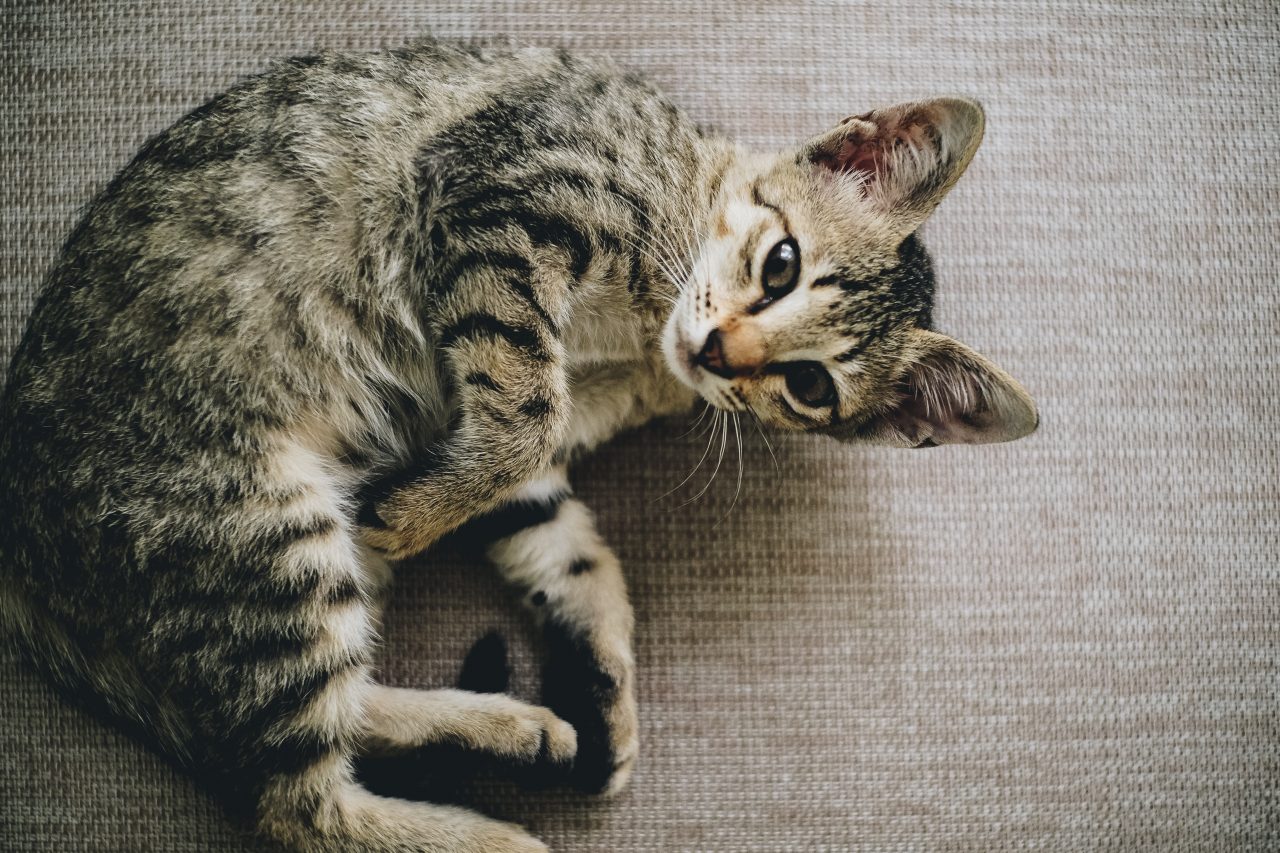
Most people have seen their cat twisted into some weird shape while playing or rolling around in a spot of sun. In some cases, cats develop ways of sleeping or curling up that seem intensely uncomfortable. However, looking for changes in this behavior can be an excellent indicator of any potential pain.
Most notably is the way your cat sits or moves when trying to get up. Cats may shift their feet to be more squarely beneath their chest to shift weight from a sore area, or they may experience a bit of shaking or wobbling when they attempt to stand or walk. Again, this is easier to spot when it clashes with your cats usual behaviors.
3. Lack of Vitality
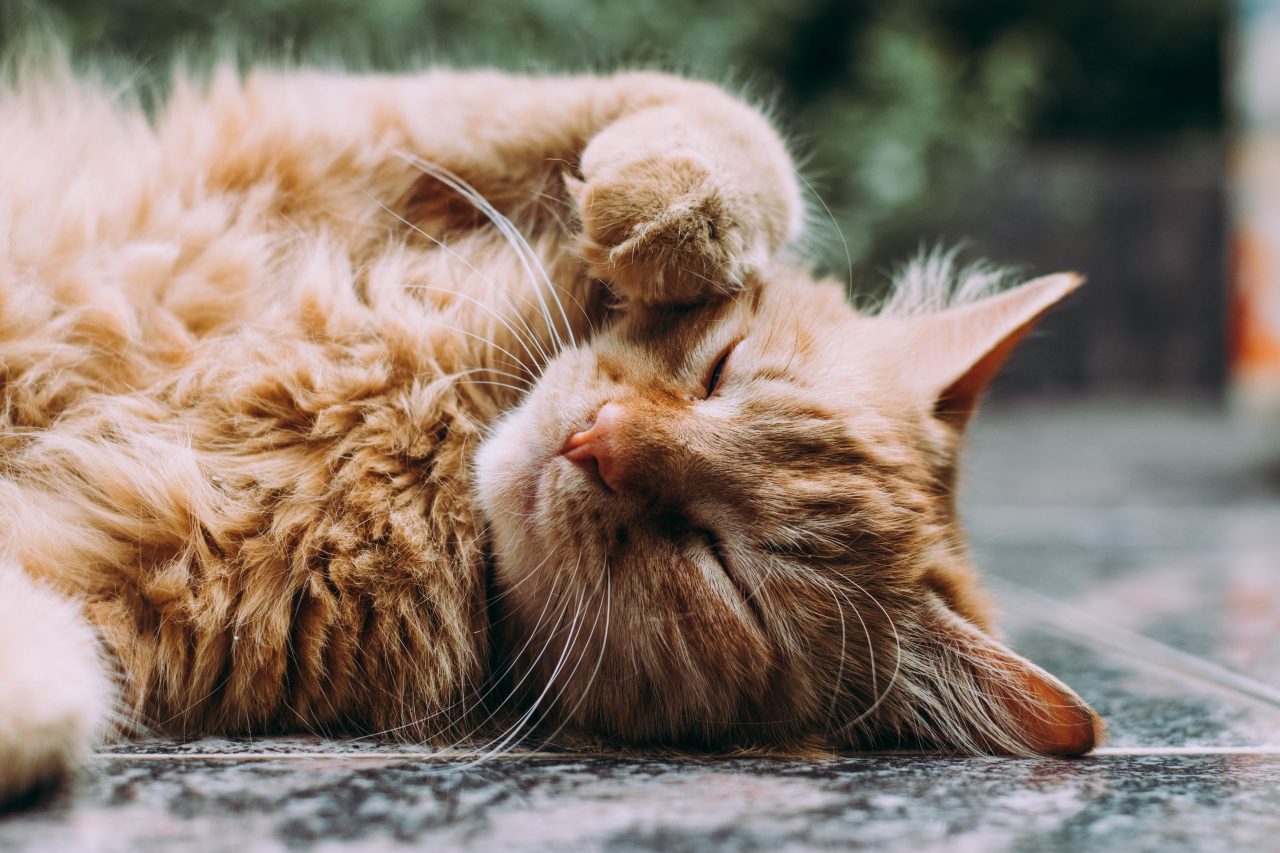
When healthy and in their prime, cats love to be active. They often run, jump, and pounce around the house with plenty of energy. Cats in pain, however, may significantly reduce or altogether forgo their usual playful energy. If they are moving slower than usual, ignoring favorite toys, or being unusually still and lethargic, there may be something wrong.
If you have stairs in your home, cats may avoid them completely to help avoid potential pain while climbing up or down. If your cat tends to be less active than others, it might be best to watch out for pacing. In some cases, this is a resistance to laying down. If they do manage to lay down, and seem to have noticeable difficulty relaxing, it’s worth paying attention to their other habits as well.
4. Hostility Toward Familiar People or Animals
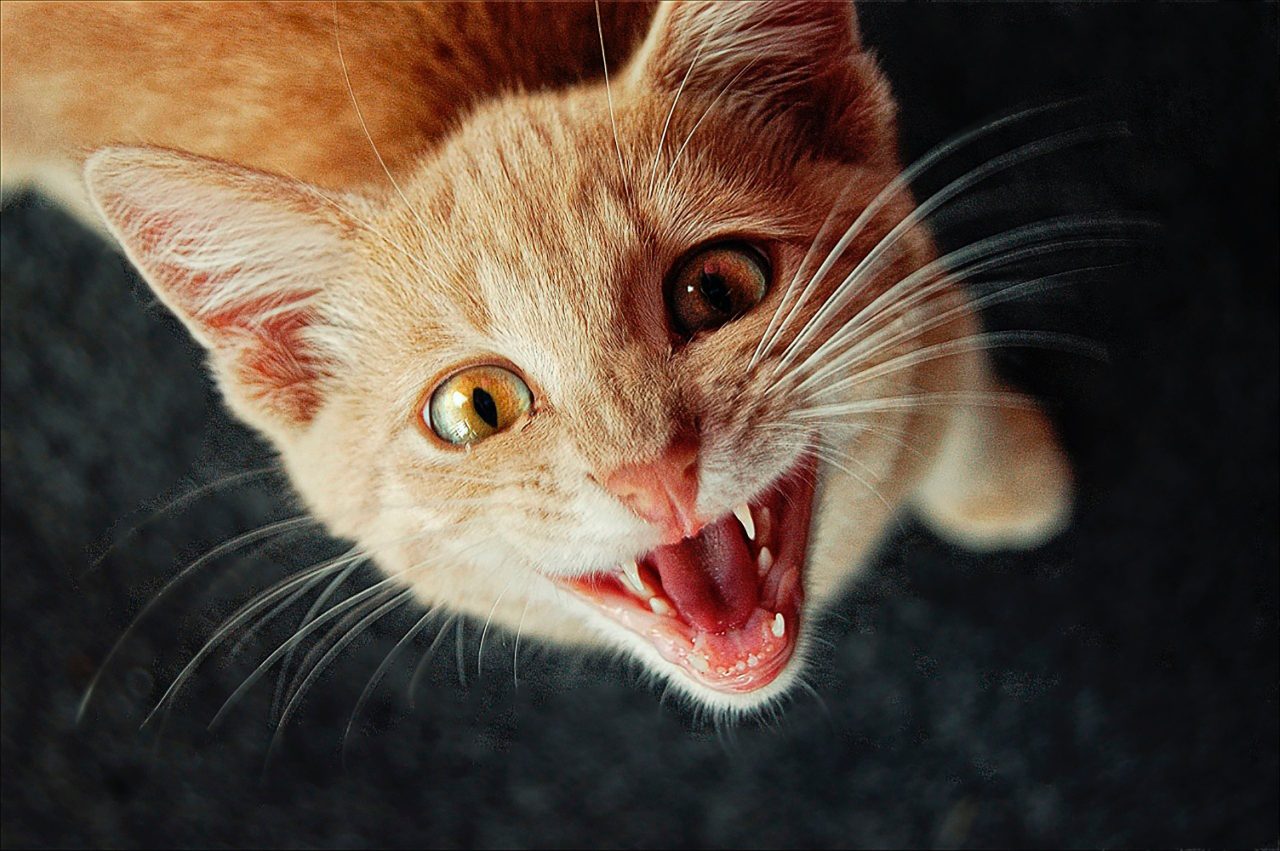
Similar to being picked up or handled, unusual reactions to familiar people or other household pets may indicate pain or some kind of stress or discomfort. Not all cats are social, but if your cat is usually comfortable around your other pets or frequent guests, watch for a change in that behavior. If suddenly they flee from guests or lash out at other pets, there could be something bothering them.
In general their reaction doesn’t signify a shift in temperament so much as does an attempt to avoid further pain. Cats in pain may attempt to completely avoid others altogether, purring excessively, and changing their bathroom habits as a way to self-regulate their pain and body.
5. Breathing and Facial Expressions
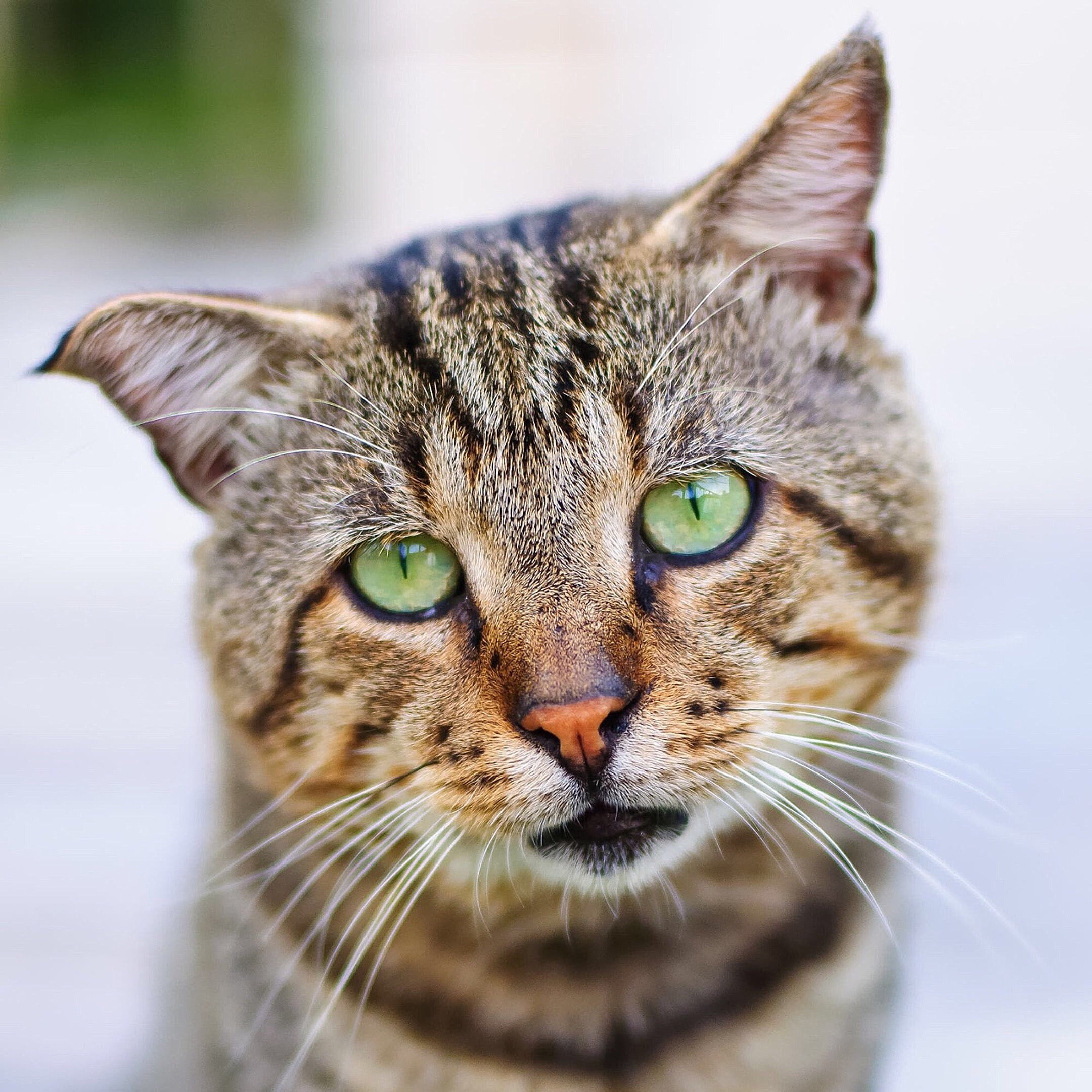
The last two traits to keep an eye out for can be tough to spot, but will surely help you in identifying if they are in pain. Frist, cats who are in pain will breath faster with shorter breaths. If you are able to watch your cat, keep track of how fast they are breathing. On average, a relaxed cat will take 30 breaths per minute. Anything significantly higher than that warrants possible concern.
Also, cats normally do not pant, unless they are extremely hot or in pain. Observe their breathing habits closely to see if your cat does this. Lastly, watch your cat’s facial expression through the day. Cats who are in pain constantly, will develop a grimace. This trait is the hardest to spot and shouldn’t be the sole deciding factor of if your cat is in pain.
As with all pets, behavior and personality can vary significantly. Cats in particular tend to be fairly different based on their own environment and personality, so the most significant thing to keep an eye out for is changes in their usual behavior. Other changes in behavior could be hiding frequently, changing their dietary habits or refusing to eat, and significant shifts towards excessive grooming or no grooming.
If you suspect your cat is in pain, whether you’ve noticed these symptoms or not, it may be a good choice to get in touch with your veterinarian. Your vet should be able to help determine if anything is amiss with your cat’s health, and not unlike people, most issues are best caught early to prevent complications or further discomfort. Everyone wants a happy, healthy cat, so be mindful of unexpected changes!


